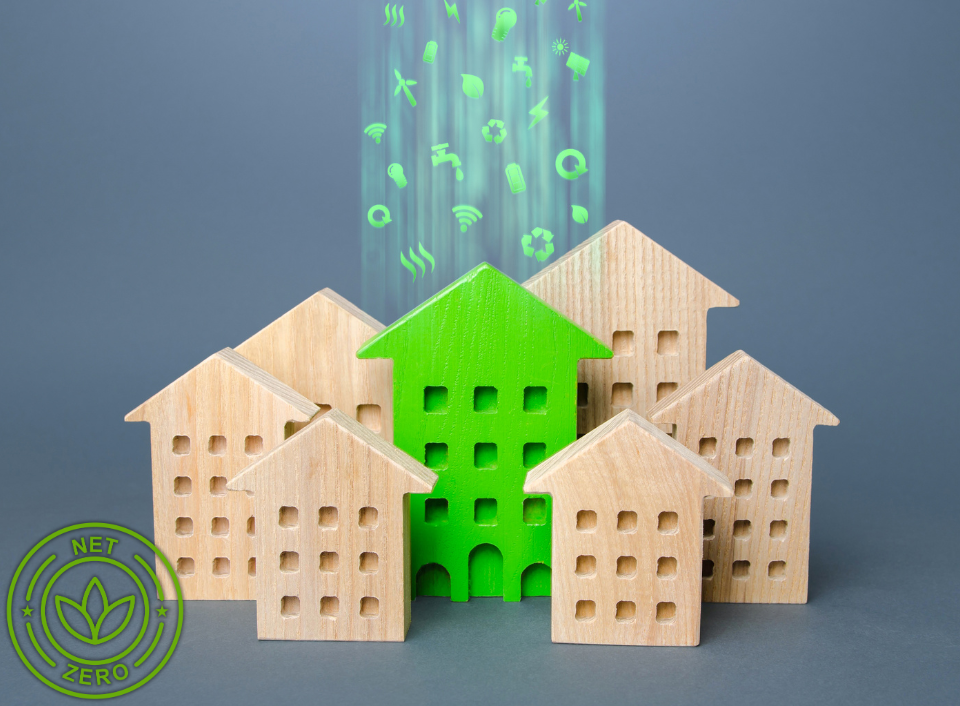The White House, in collaboration with the U.S. Department of Energy (DOE), has released a draft national definition for zero-emissions buildings. This initiative stems from the White House Office of Domestic Climate Policy’s (Climate Policy Office) aim to establish a standardized, verifiable basis for defining such buildings. The goal is to create a common framework that can be universally accepted, providing clarity and consistency in efforts to transition the building sector to zero emissions.
The draft definition focuses primarily on operational emissions, which encompass emissions generated during the day-to-day operation of buildings. These emissions arise from activities such as heating, cooling, lighting, and powering electronic devices within the building. By addressing operational emissions, the definition aims to tackle one of the key contributors to greenhouse gas emissions in the built environment.
Outlined within the draft definition are three core principles that characterize a zero-emissions building in terms of operational emissions:
- Highly energy-efficient
- Free of on-site emissions from energy use
- Powered solely from clean energy
While the draft definition primarily addresses operational emissions, DOE acknowledges the importance of considering other factors that contribute to a building’s overall carbon footprint. These include embodied carbon, which refers to the emissions associated with materials and construction processes, as well as the impacts of refrigerants used in HVAC systems. Future updates to the definition may incorporate these additional considerations to provide a more comprehensive framework for achieving zero emissions in the building sector.
To gather input and feedback on the draft definition, DOE has issued a request for information (RFI) to stakeholders across industry, academia, and government agencies. The RFI solicits comments, data, and other feedback on the draft definition, with a deadline for submissions set for February 5. Additionally, DOE plans to conduct virtual listening sessions to further engage with stakeholders and gather insights on the proposed definition.
Overall, the release of the draft national definition marks a significant step towards aligning efforts to decarbonize the building sector and combat climate change. By providing a standardized framework and criteria for zero-emissions buildings, the initiative aims to foster greater market alignment and accelerate the transition to a sustainable, low-carbon built environment.
For more information click here



